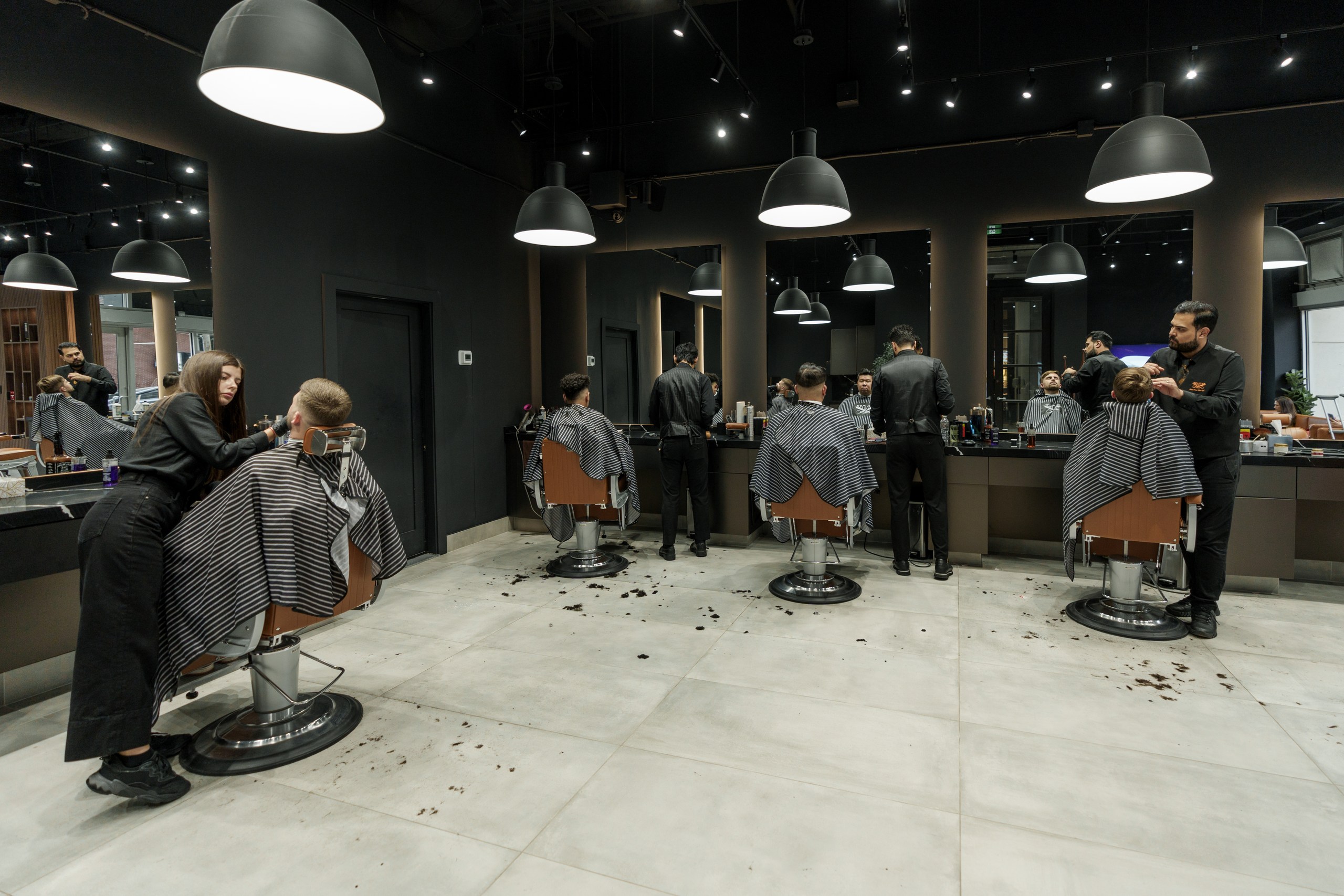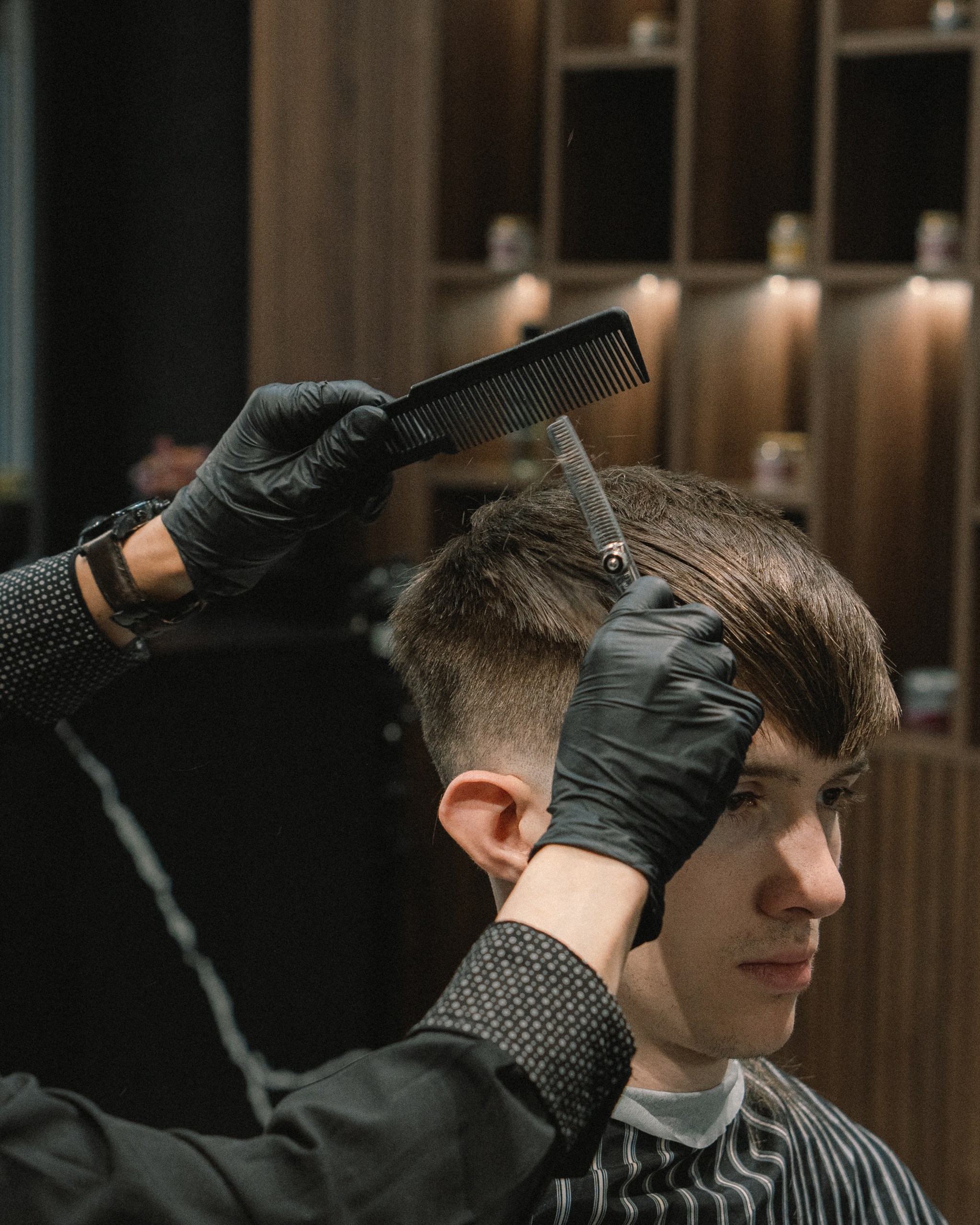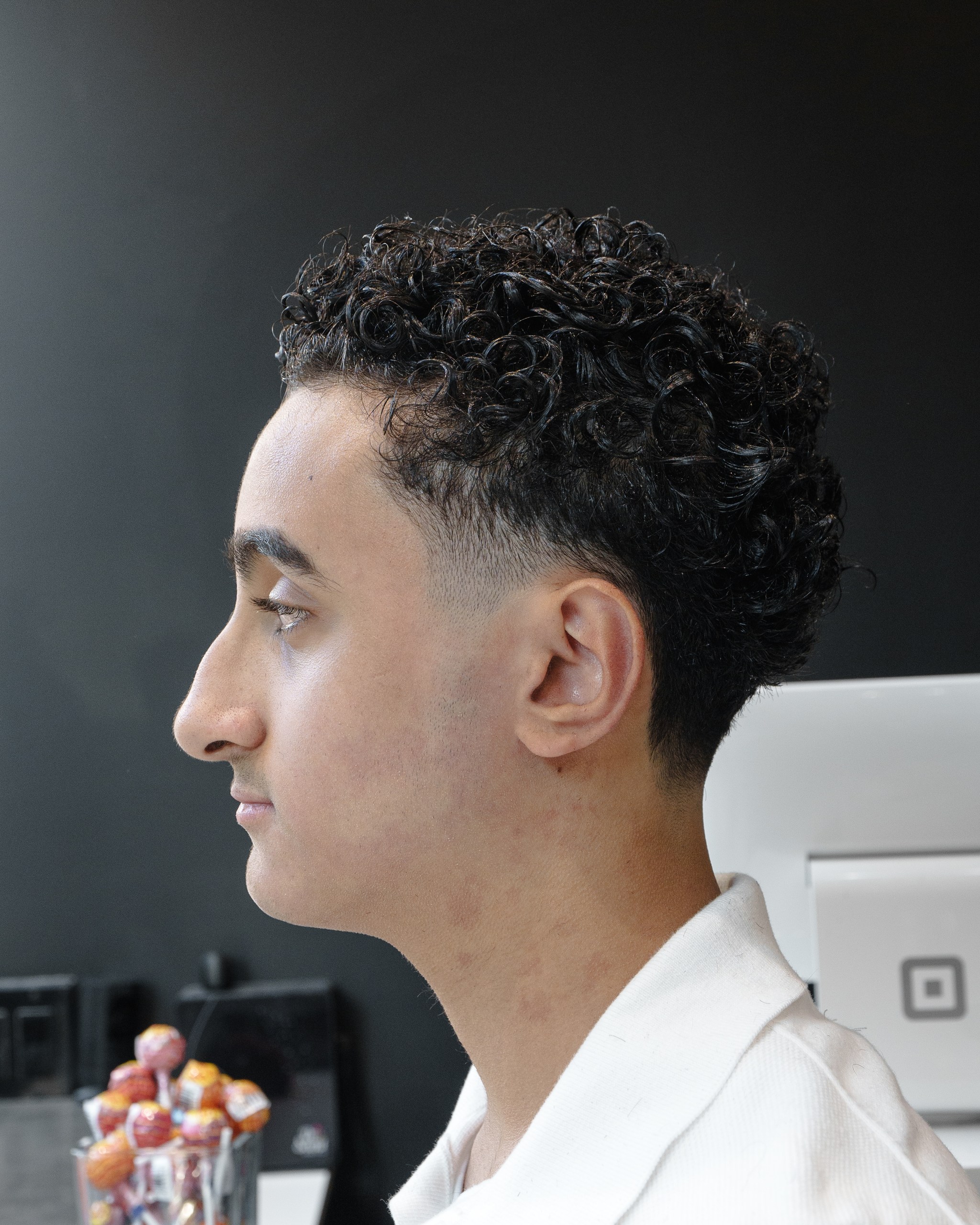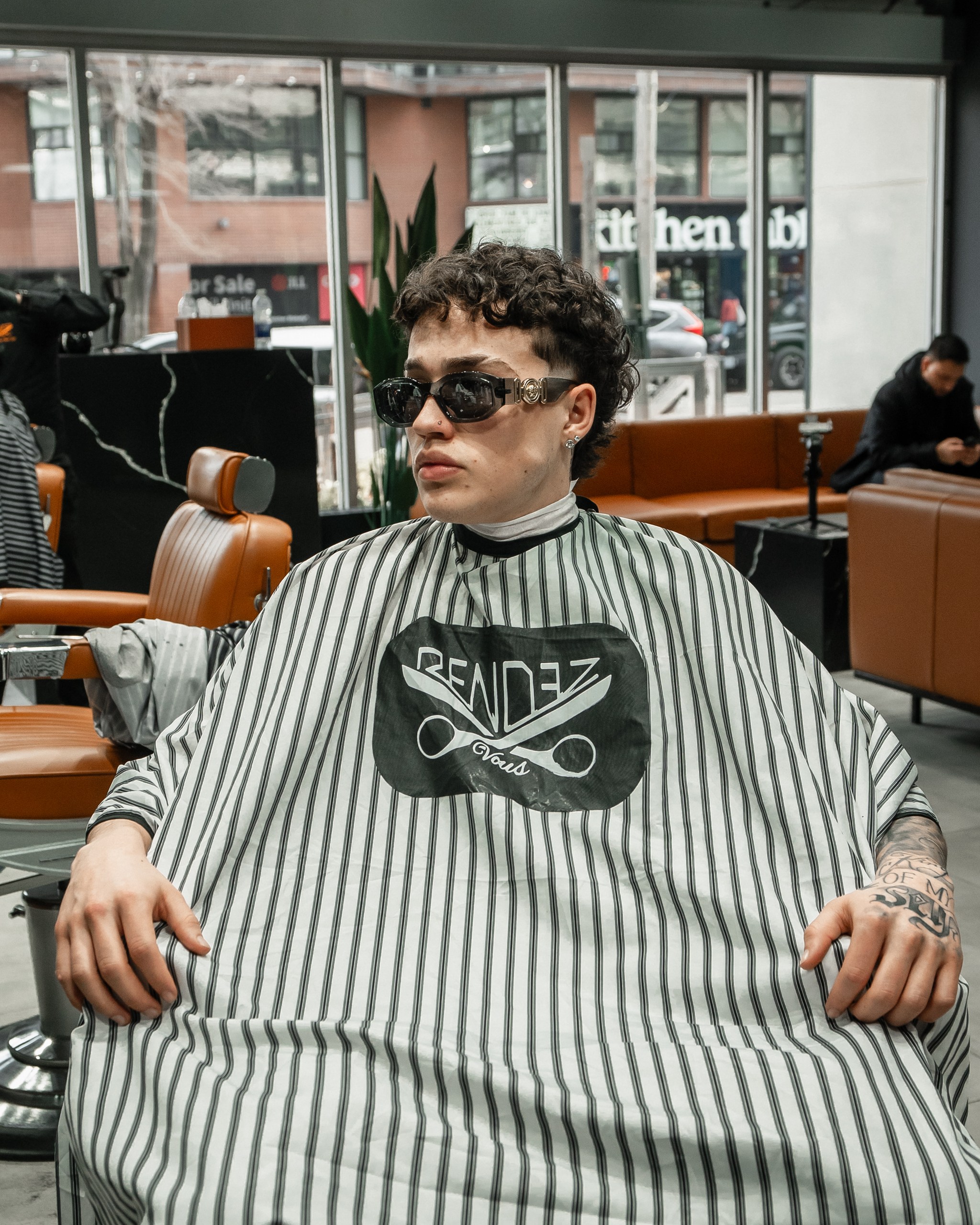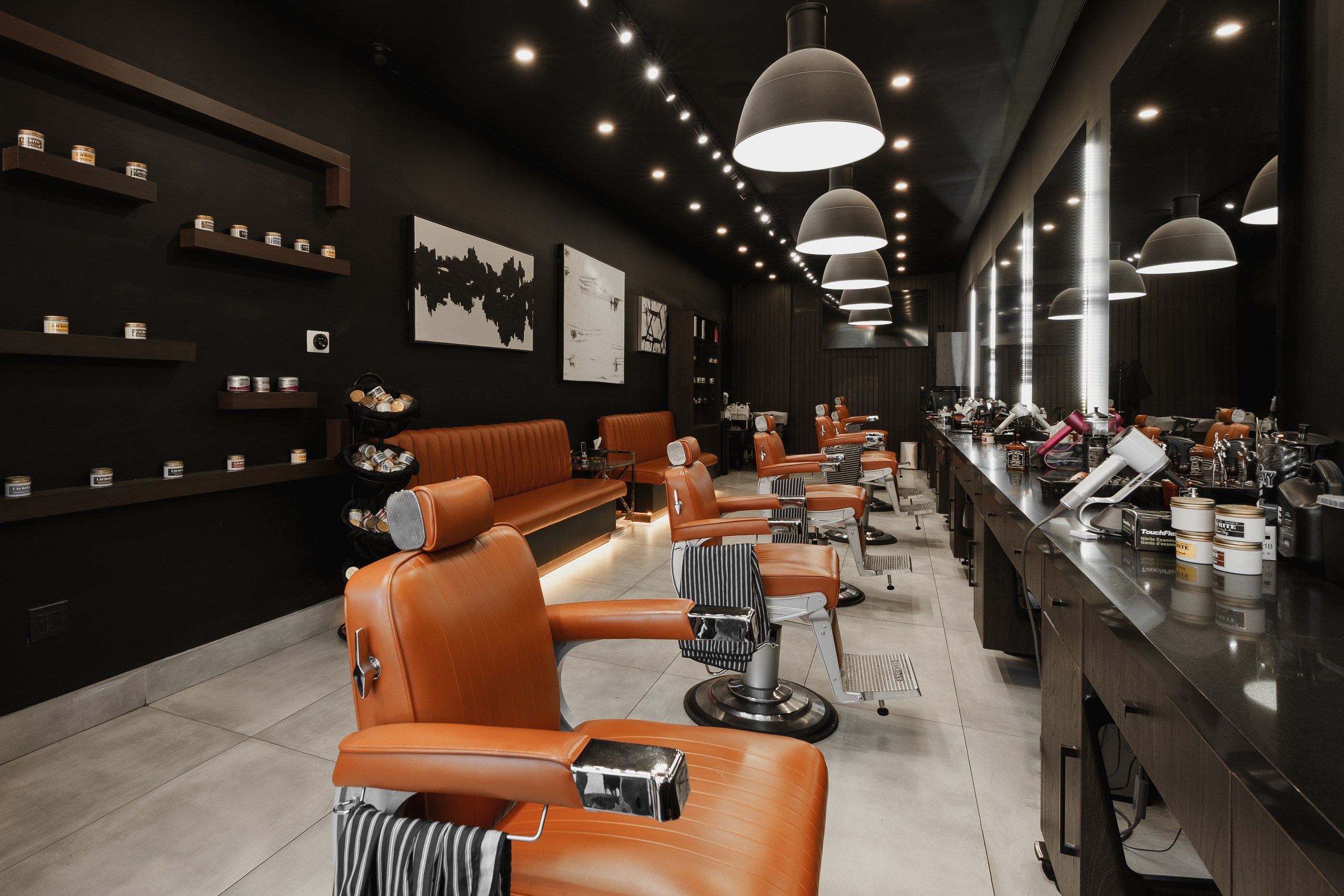Walk down any hair product aisle and you're drowning in claims. Professional. Natural. Organic. Salon-quality. Clinical. Dermatologist-tested. Advanced formula. Each term sounds impressive and scientifically legitimate, making you think you're buying something genuinely superior.
The reality is that most of these terms are marketing language with no legal definitions or regulatory oversight. Companies can slap "professional" on a $8 drugstore product with zero consequences. "Natural" doesn't mean what you think it means. "Dermatologist-tested" might just mean one dermatologist looked at it once.
At Rendezvous Barbers, we've tested hundreds of products over the years, from $5 drugstore options to $50 salon exclusives. Understanding what marketing claims actually mean – versus what they're designed to make you believe – helps you spend money on performance rather than packaging.
"Professional" or "Salon-Quality"
This is probably the most abused term in hair product marketing. Slap "professional" on the label and suddenly guys think they're getting barbershop-grade products.
Here's the reality: there's no legal definition of "professional" for hair products. Any company can use this term on any product regardless of formulation, quality, or where it's sold. That $9 "professional" pomade at your local pharmacy is using the exact same claim as products actually sold to licensed barbers.
Some products genuinely are formulated for professional use and sold through professional channels. These typically come in larger sizes, focus on performance over packaging aesthetics, and are priced per-ounce rather than per-container. But many "professional" products sold in retail stores are just regular consumer products with professional-sounding names.
What to look for instead: Check where the product is actually sold. True professional products typically aren't available in drugstores or big-box retailers. Look at ingredient quality and concentration rather than marketing language.
"Natural" or "Organic"
These terms sound healthy and safe, triggering associations with fresh ingredients and avoiding chemicals. The marketing reality is much less wholesome.
For food, "organic" has legal definitions enforced by regulatory bodies. For hair products, it means almost nothing. Companies can call products "organic" or "natural" with minimal organic ingredients and no oversight. A product might be 95% synthetic chemicals with 5% plant extracts and still claim to be "natural."
The bigger issue is that "natural" isn't automatically better or safer. Poison ivy is natural. Arsenic is natural. Meanwhile, many synthetic ingredients are gentler, more effective, and more sustainable than their natural alternatives.
What to look for instead: Read the full ingredient list rather than focusing on highlighted natural ingredients. The first 5-7 ingredients make up the bulk of the product regardless of what's featured on the front label.
"Dermatologist-Tested" or "Clinically Proven"
These medical-sounding claims suggest rigorous scientific validation. The reality is usually much less impressive.
"Dermatologist-tested" might mean a dermatologist was paid to use the product once and confirm it didn't cause obvious irritation. There's no standard for what testing occurred, how many people were tested, or what results were found.
"Clinically proven" sounds even more scientific but often refers to tiny studies with questionable methodology. A company might test their product on 20 people for two weeks and claim "clinical proof" of benefits based on subjective self-reported improvements.
What to look for instead: If clinical claims are made, look for details about study size, methodology, and publication. Legitimate studies will be described in detail. Vague "studies show" claims are usually marketing rather than science.
"Free From" Claims
Products loudly advertise being free from sulfates, parabens, silicones, or other ingredients that have been demonized in consumer consciousness. This marketing strategy exploits fear rather than providing genuine benefit.
Many "sulfate-free" products simply replace sulfates with different surfactants that aren't necessarily gentler or better. "Paraben-free" products often use alternative preservatives that are less studied and potentially more irritating than parabens, which have decades of safe use data.
What to look for instead: Focus on what's in the product rather than what's missing. A product free from demonized ingredients isn't automatically better if its replacement ingredients are inferior.
"Strengthening" or "Repairing"
These claims suggest products can heal damaged hair, which fundamentally misunderstands what hair is and how it works.
Hair is dead protein. Once it leaves your scalp, it can't heal or repair itself. Products can temporarily improve appearance by filling in damage, coating the surface, or altering how hair reflects light, but this isn't "repair" – it's cosmetic improvement.
What to look for instead: Look for terms like "smoothing," "conditioning," or "protecting" which are more honest about what products actually do. If repair claims are made, understand they mean cosmetic improvement rather than structural healing.
"Advanced Formula" or "Breakthrough Technology"
These science-y sounding phrases suggest cutting-edge innovation but usually describe incremental formulation tweaks that aren't meaningfully different from existing products.
Hair product chemistry is mature. Most formulations use well-established ingredients in slightly different combinations. True innovations are rare and usually don't rely on marketing buzzwords to prove their value.
What to look for instead: Specific ingredient innovations or delivery systems rather than vague claims of advancement. If something is genuinely innovative, the company will explain what makes it different in concrete terms.
"Long-Lasting" or "All-Day Hold"
Duration claims are subjective and depend heavily on individual factors like hair type, environmental conditions, and activity level.
What lasts all day in a climate-controlled office might fail within hours in Toronto's summer humidity. What works for fine, straight hair might not hold in thick, coarse hair.
What to look for instead: Product reviews from people with similar hair types in similar climates. Real user experience is more reliable than marketing claims for performance duration.
"For All Hair Types"
This universal claim is usually code for "we designed this for average hair and hope it works for everyone."
Different hair types have fundamentally different needs. Fine hair needs light products with volume. Thick, coarse hair needs heavier products with more control. A product that truly works well for all hair types is either making minimal impact or performing suboptimally for most people.
What to look for instead: Products designed for your specific hair type rather than universal solutions. Specialization usually indicates more thoughtful formulation.

Price as a Signal
The most persistent marketing lie might be the implied correlation between price and quality. Expensive products aren't automatically better, and cheap products aren't automatically inferior.
Some expensive products genuinely use higher-quality ingredients and better formulations. Others are charging for brand prestige, packaging design, and marketing budgets rather than superior performance. Some cheap products cut corners on ingredients. Others provide excellent performance at low prices because they skip expensive marketing and fancy packaging.
What to look for instead: Cost per use rather than cost per container. Judge effectiveness based on results rather than price.
Ingredient Order Matters
One genuinely useful thing on product labels is the ingredient list, but most people don't understand how to read it effectively.
Ingredients are listed by concentration, so the first five ingredients typically make up the bulk of the formula. A product might prominently feature exotic oils on the front label, but if they appear at the end of the ingredient list, they're present in tiny amounts that probably don't affect performance.
What to look for: The first 5-7 ingredients tell you what the product actually is. Everything after that is present in small amounts that may not significantly affect performance.
Toronto-Specific Considerations
Toronto's climate creates specific product performance needs that marketing claims often don't address.
Summer humidity requires different product types than winter dryness. Hard water affects how products perform and rinse out. Temperature extremes from moving between heated/cooled indoor spaces and outdoor weather stress hair and affect how products hold.
What to look for: Reviews from Toronto users or similar climates rather than generic product claims.
The Bottom Line
Hair product marketing is designed to separate you from your money through claims that sound scientific and impressive but often mean very little. Understanding what terms actually mean versus what they're designed to make you believe helps you focus on products that perform rather than products that market well.
The best product for you might be expensive or cheap, natural or synthetic, professional or consumer-grade. Judge based on how it actually performs for your specific hair rather than what the label claims it will do.
Book your appointment today and get honest recommendations based on what performs rather than what sells. For product advice that cuts through the marketing lies, visit Rendezvous Barbers.


